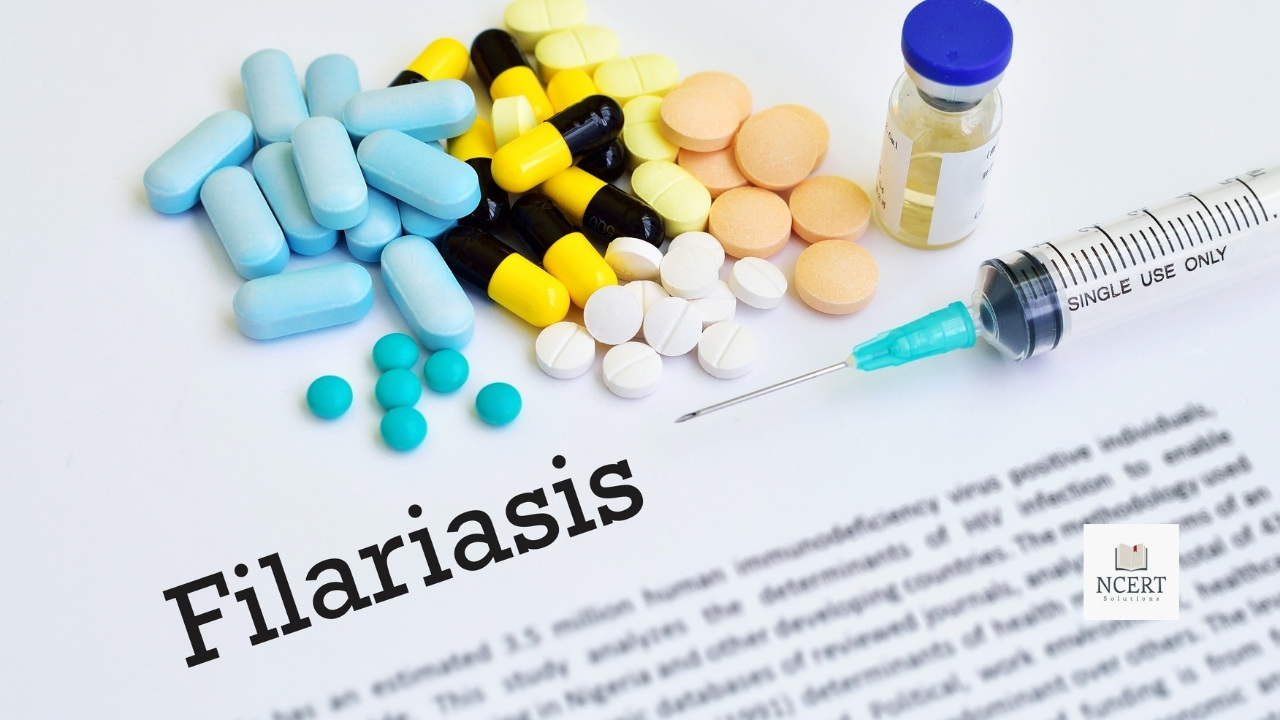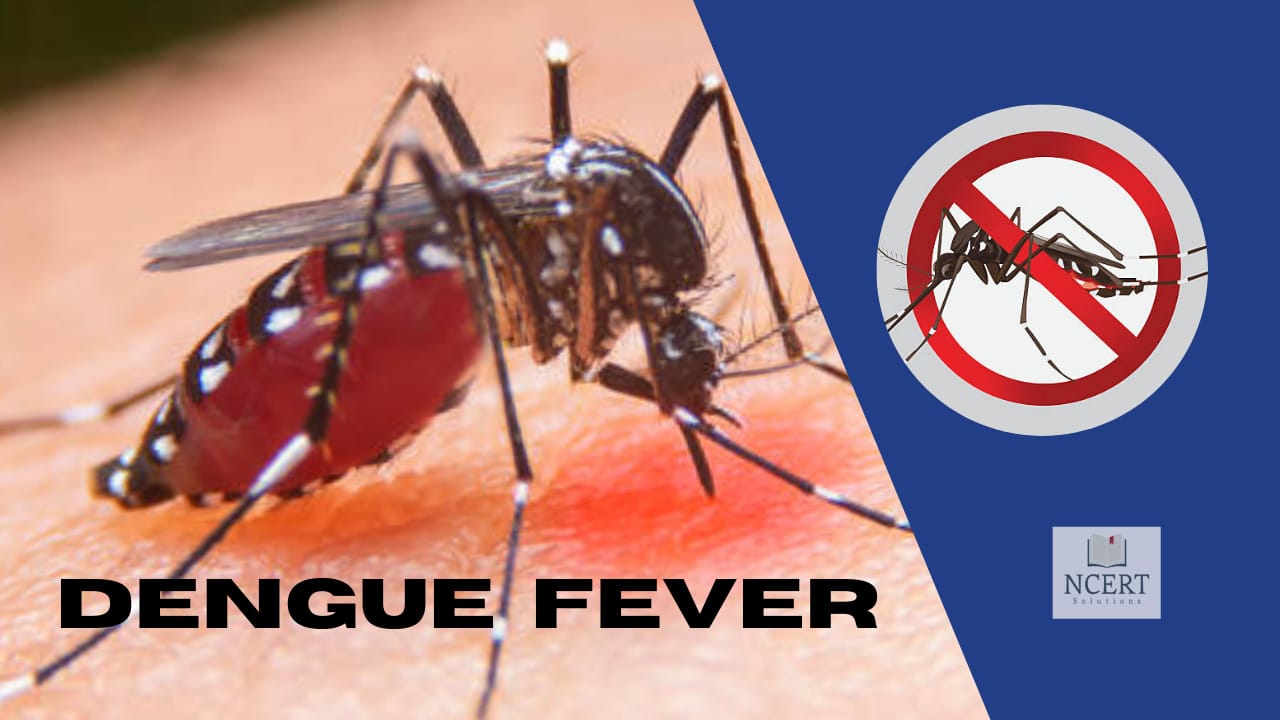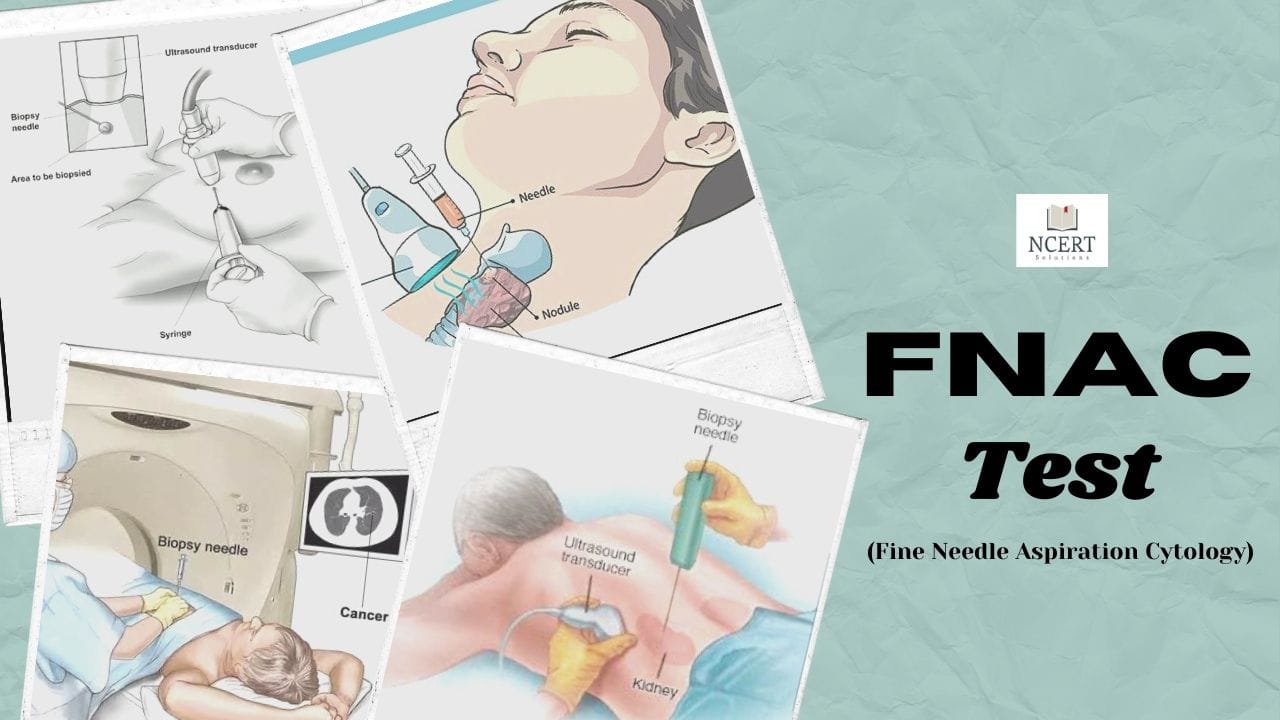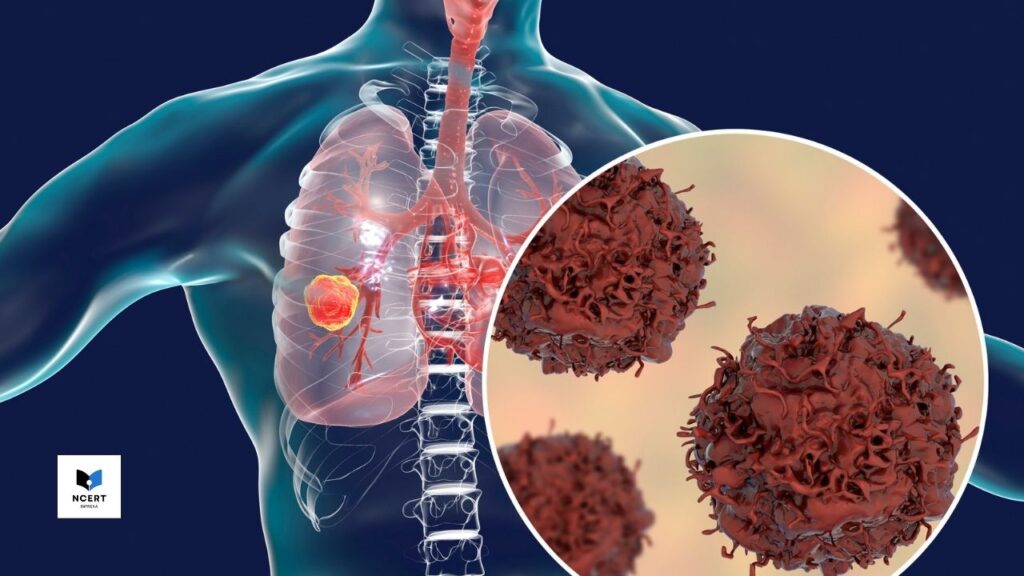Filariasis (elephant foot) is common in tropical countries and is caused by parasitic nematode worms that look like tiny threads.
The disease is caused by nematode worms called Filariae-Wuchereria Bancrofti, Brugia malayi and Brugia Timori. Most cases of filariasis are caused by a parasite called Wuchereria bancrofti.
Filariasis is the leading cause of disability and deformity worldwide. This happens mostly to poor people because the breeding of mosquitoes is high where poor people live.
The Indian Ministry of Health and Family Welfare (MOHFW) has launched one of the largest public health campaigns in the history of India to provide free medicines to protect over 400 million people from filariasis.
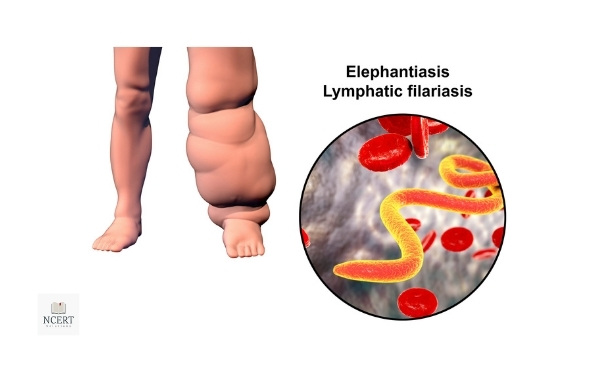
In India, 500 million people are at risk of developing filariasis, and currently, more than 23 million people are suffering from filariasis.
Types of Filariasis
There are three types of filariasis depending on which area of the body the parasitic worms affect:
- Lymphatic Filariasis or Elephantiasis: This affects the lymphatic system as well as the lymph nodes (lymphocytes).
- Subcutaneous Filariasis: It affects the layer below the skin.
- Serous Cavity Filariasis: It affects the serous cavity of the stomach.
Stages of Filariasis
There are 5 cycles in the life of Phaleria worms.
- Males and females give rise to thousands of insects, Microfilariae.
- Vector worms, which are intermediate hosts, consume microfilariae. In the intermediate host, the microfilariae convert to stage 3.
- When the vector worms transmit the infected larvae (babies of worms) to the skin layer, 1 year later the larvae (babies of worms) develop into adult worms.
Filariasis Symptoms
Filariasis does not initially cause any symptoms. Problems begin when the adult worms die.
The symptoms of filariasis are as follows –
1. In Lymphatic Filariasis or Elephantiasis
Edema (swelling) as well as thickening of the skin folds and tissues under the skin layer. It can affect the arms, vulva, breasts, and testicles (hydrocele formation).
The breast and genital area can become very enlarged compared to their normal size due to the blockage of lymph vessels.
2. In Subcutaneous Filariasis
- Skin rash
- Change in skin color
- River blindness
3. Serious Cavity Filariasis
- Stomach ache
- Skin rash
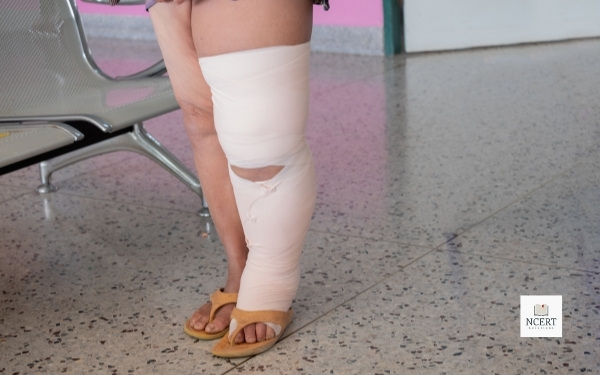
Filariasis causes
Lymphatic filariasis is caused by the bite of an infected mosquito or when a person comes into contact with water where infected mosquitoes breed.
When parasitic worms are transmitted to a person, they affect the lymphatic system (which is the body’s network of nerves and nodes that carry lymph fluid to the vessels and blood). The lymphatic system plays a vital role in our health as it is a major part of our body’s immune system.
Adult worms live in the lymphatic veins for 4–6 years, and female worms give birth to a large number of larvae (babies of worms) in the bloodstream.
This infection is spread when a mosquito bites an infected person and then the same mosquito bites another person. These microfilariae develop into adult insects and remain in the body for many years. These adults give rise to worms and also microfilariae and this cycle goes on.
Filariasis prevention
The best way to avoid filariasis is to avoid mosquito bites. The mosquitoes that transmit the disease usually bite in the morning and evening.
At night
- Sleep in a cold room
- Use mosquito net
In the morning and evening
- Wear long sleeves and trousers
- Use medicines on your skin to keep mosquitoes away
Use medications that kill microscopic insects and control mosquitoes in the area you live in. If such drugs are used every year, the level of microscopic worms in the blood can be reduced, and the risk of transmitting the infection can be reduced.
Some other preventive measures –
- To prevent and treat this disease, microfilariae present in the blood are killed by the use of diethylcarbamazine and ivermectin.
- Microfilaria can be killed with a single dose of this medicine. This medicine protects the body from microfilariae for 1 year. This medicine stops the spread of the disease but does not cure the disease. Continue this treatment for 5-10 years until all adult insects are killed.
- People who live in the affected area should replace normal salt with daily salt containing diethylcarbamazine so that everyone gets some dose of the drug daily. This low dose is enough to protect the blood from microfilariae.
Diagnosis
The following procedures are used to diagnose filariasis:
- The blood sample is microscopically examined to look for microfilariae in the blood. The microfilariae that cause lymphatic filariasis circulate in the blood at night, so blood samples should be taken at night.
- Immunodiagnostic tests are done to find out the presence of the antibodies in the blood.
- Tests are done to find out whether there is a circulating filarial antigen in the blood.
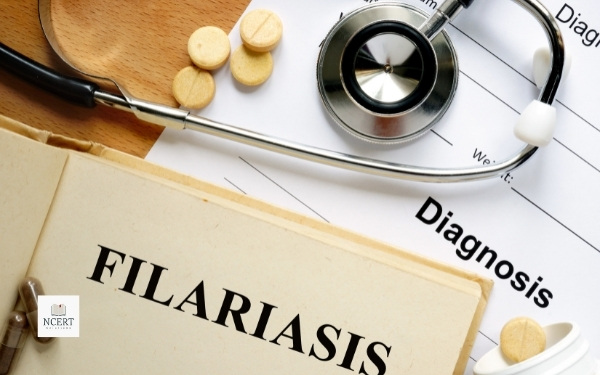
Filariasis treatment
The use of Diethylcarbamazine is prescribed for the treatment of filariasis. It kills microfilariae but has no effect on adult insects. It only controls the transmission of infection.
This medicine may cause a reaction in some people. Ivermectin and albendazole may also be useful for some patients. Bacterial infection can be avoided by keeping the affected area clean.
The affected limb should be kept elevated and exercise should be done daily to improve the flow of lymph. Use aerosols, creams to keep mosquitoes away, and coils, and by maintaining hygiene, do not allow mosquitoes to breed.
Complications
If you are bitten by mosquitoes for a few months, then you can get lymphatic filariasis.
Complications caused by filariasis
The disease can be asymptomatic (without any symptoms), acute, or long-lasting.
- Filariasis is asymptomatic in many people. It doesn’t cause any symptoms, but asymptomatic infection can damage the lymphatic system. Your kidneys can also be affected by this infection.
- Acute infection can cause changes in your skin, lymph nodes, and lymph nodes. Acute disease progresses to a long-lasting disease, lymphedema. Elephantiasis causes swelling of the skin and tissues and hydrocele (fluid accumulation) in other organs. These complications are difficult to treat. Edema can usually affect your breasts and genital organs.
- Long-lasting edema and untreated edema can lead to disability.
For people who are suffering from filariasis, it is necessary to keep the affected areas of the body clean.
Frequently asked questions
What to eat during filariasis?
The following foods should be consumed in filariasis:
- Eat a low-fat and protein-rich diet.
- Drink fluids.
- Consume probiotics (which help with digestion).
- Oregano leaves are beneficial for people suffering from filariasis.
- Eat foods rich in vitamin C.
Filariasis caused by which mosquito?
Filariasis is mainly caused by the parasite known as Wuchereria bancrofti. The disease is also caused by Brugia Malayi and Brugia Timori.
Is filariasis a communicable disease?
filariasis is a highly contagious disease. It does not communicate from human to human directly but the infection spreads rapidly when a mosquito bites an infected person and then the same mosquito bites another person.
